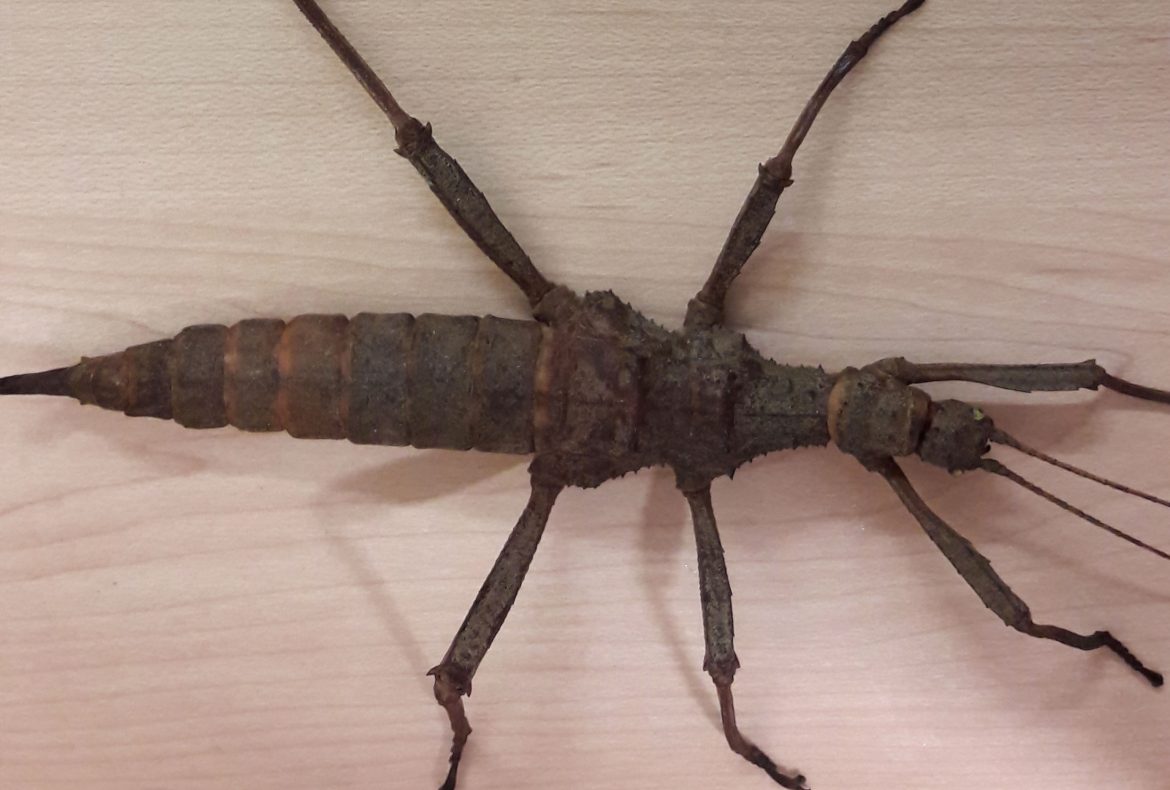Stick Insect Population Explodes!

This week at the zoo, some of smaller and well disguised animals have been increasing their numbers, and in a big way! Our giant thorny stick insects, which are within our Education Centre, have had many of their eggs hatch into nymph. With numbers already at thirty, this could double by next week!
Our giant thorny stick insects originate from the Philippines in the Babayun Islands. They are the masters of camouflage as they are quite literally a walking stick. They blend in amongst the branches that they live on and even move like them. They can occasionally sway side to side acting like a leaf shaking in the wind. The reason they mimic branches is so they can hide from predators such as birds and monkeys. Another huge benefit is that their entire diet consists of the leaves they can find on the branches. They use their long antennae to feel what’s in front of them and their six legs with hooks on the end allow to climb with ease.
Stick insect’s eggs take around 6 months to hatch and they are nymphs for around 4 months. They are a fully-grown adult for up 9 months at most! Females are much larger and are around 125mm in length where as males are generally 75mm. As stick insects grow they are able to moult and shed their exoskeleton. This remarkably allows them to replace any legs they have lost in the past. Males will fight over the females and tend to hitch a ride on their backs as well.
We keep our stick insects inside a large vivarium and find bramble and ivy around the park to provide food and climbing enrichment for them. We keep it humid and warm for them as well as providing a water dish and a sand dish for their eggs to be laid into. If you wish to hold our stick insects we run a Meet a Creature session every day at the Education Centre at 3pm.


